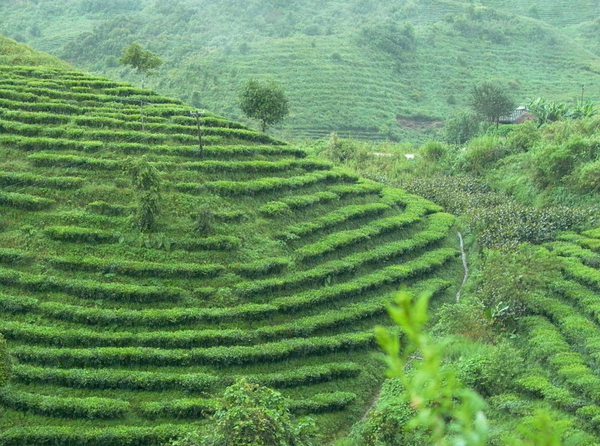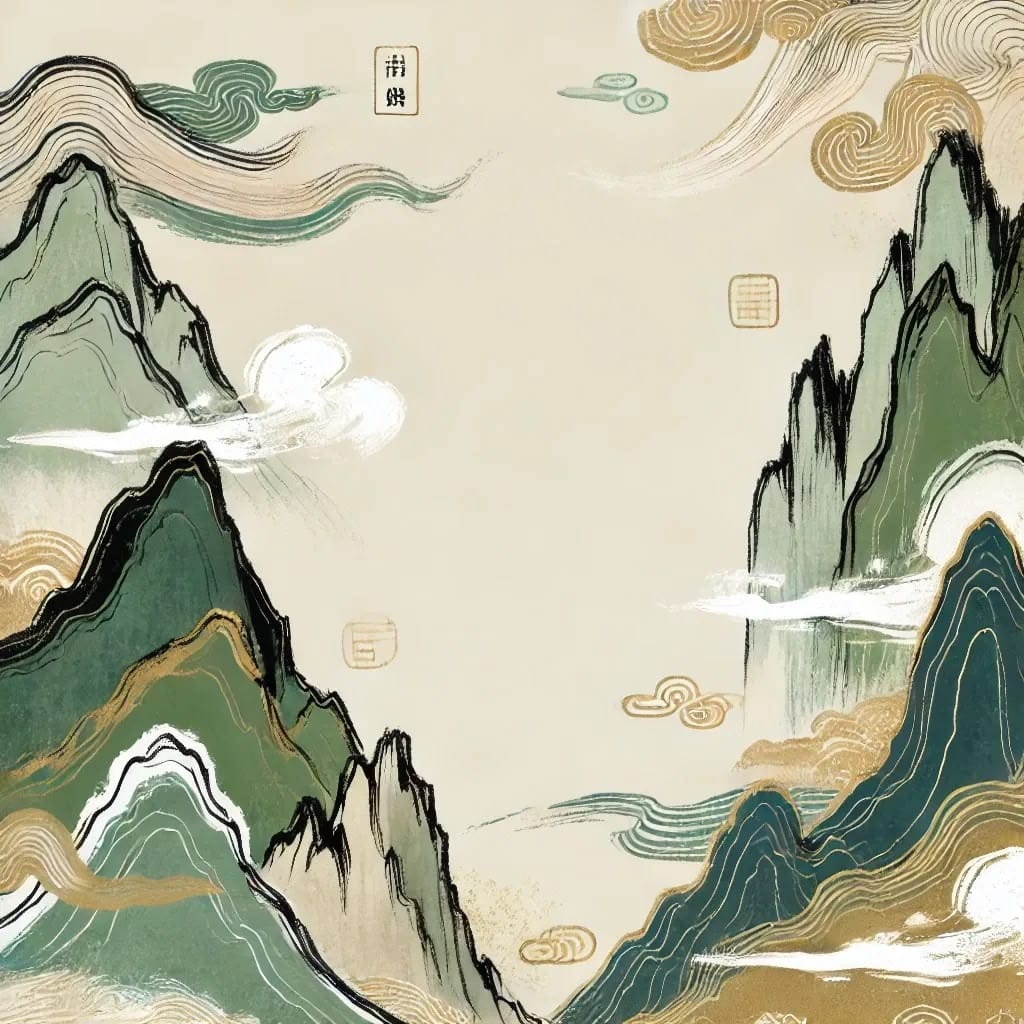Hello, my friend! Are you ready to take on a special challenge? This challenge will take you deep into the finest tea regions around the world, allowing you to explore and understand the enchanting world of tea through personal experience. We've set two special limitations to help you focus on this unique tea journey.
Challenge Limitations
- Choose the most representative tea from each region to explore in depth.
- Complete a special tea-related challenge question at each stop.
Are you ready? Let's set off and begin this journey of exploration and discovery.
First Stop: Hangzhou, China | The Pure Flavor of Longjing Tea
Why did we choose Hangzhou? Longjing tea (Dragon Well Tea) is renowned worldwide and represents the best of Chinese green tea. Here, you'll walk along the West Lake and visit local tea farmers, experiencing the tea-picking and tea-roasting processes firsthand.
Challenge Question: Why is Longjing tea's "Mingqian tea" so precious?
Answer: "Mingqian tea" refers to tea buds picked before the Qingming Festival, during a time of mild weather, allowing the buds to be tender and rich in nutrients. The limited production and delicate flavor make it exceptionally valuable.
Second Stop: Fujian, China | The Rock Bone and Floral Aroma of Wuyi Rock Tea
Our next stop is Wuyi Mountain in Fujian, China, to explore the world-famous Wuyi Rock Tea. The region's unique rocky terrain cultivates an irreplaceable tea aroma. Here, you will walk through tea gardens, engage with tea masters, and experience the intricate tea production process.
Challenge Question: Why is Da Hong Pao tea (Big Red Robe) considered the "king of teas"?
Answer: Da Hong Pao tea trees grow in Wuyi Mountain's unique rocky soil, absorbing abundant minerals that contribute to its distinct "rock bone and floral aroma." Its rich, layered flavor and excellent quality make it known as the "king of teas."
Third Stop: Kyoto, Japan | The Zen Moment of Uji Matcha
Kyoto's Uji region is not only picturesque but also the birthplace of Japanese matcha. We’ve chosen this location so you can experience Japanese tea ceremony culture firsthand. Through participation in traditional tea ceremonies, you'll gain a deeper understanding of why matcha has become such an important cultural element in Japan.
Challenge Question: Why is matcha the core of the Japanese tea ceremony?
Answer: Matcha is meticulously prepared and rich in ritualistic significance, making it ideal for meditation and helping individuals achieve inner peace and focus. It has thus become the heart of the Japanese tea ceremony.
Fourth Stop: Darjeeling, India | The Fragrant Harmony of Himalayan Black Tea
The stunning landscapes and unique black tea of Darjeeling, India, make it an unmissable stop. Here, you will stroll through tea gardens, gaze upon the Himalayas, and experience the tea-making process, tasting the distinct tea aromas.
Challenge Question: Why is Darjeeling tea known as the "Champagne of teas"?
Answer: Darjeeling tea is known for its delicate, refreshing flavor and unique fruity and floral aromas. Its elegant and noble taste, coupled with limited production, earns it the title "Champagne of teas."
Fifth Stop: Ilam, Nepal | A Quiet Exploration of a Hidden Tea Paradise
Located near the Himalayas, Nepal’s Ilam region offers a serene and emerging tea-growing area. Here, you will explore local tea gardens and learn about the unique growing conditions and tea-making techniques that define Nepali tea.
Challenge Question: How does Nepali black tea differ from Indian tea?
Answer: Nepali tea, grown in the high-altitude climate, offers a delicate, fresh taste with rich layers. It stands apart from Indian tea due to its unique growing environment and production methods.
Sixth Stop: Alishan, Taiwan | The Misty Tea Realm of High Mountain Oolong
The final stop brings us to Taiwan’s Alishan, a world-renowned area for high mountain oolong tea. Here, you’ll take a scenic ride on a small train to visit high-altitude tea gardens and experience the unique tea-making process of Taiwan’s high mountain oolong.
Challenge Question: Why is the altitude of high mountain oolong tea so important?
Answer: High mountain oolong tea is grown at higher altitudes, where the large temperature fluctuations between day and night slow the growth of the tea plants. This allows for a more concentrated and rich flavor, resulting in a refreshing, sweet taste and aromatic fragrance.
Completing the Tea Aroma Challenge: Take Home Full-Scented Memories
Through this immersive challenge journey, you will not only gain a deeper understanding of teas from around the world but also experience the rich tea cultures of different countries. May this journey become a cherished memory that stays with you forever.


